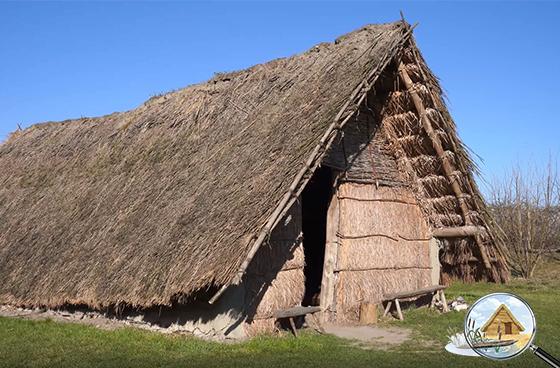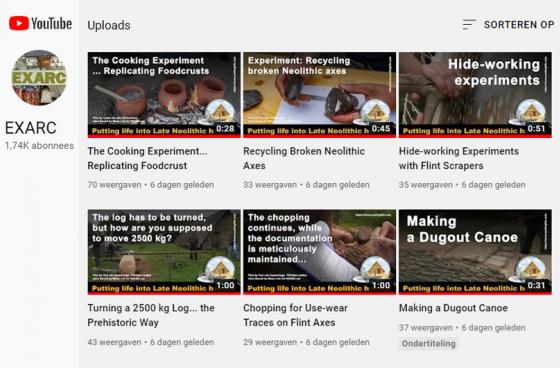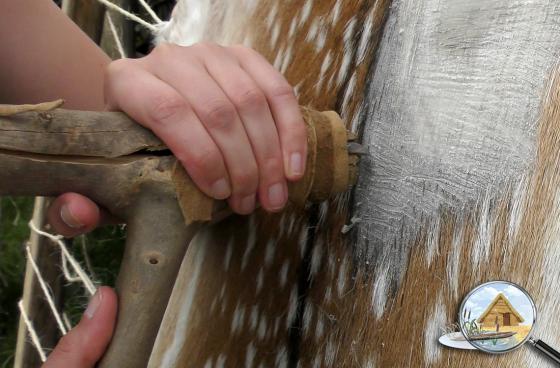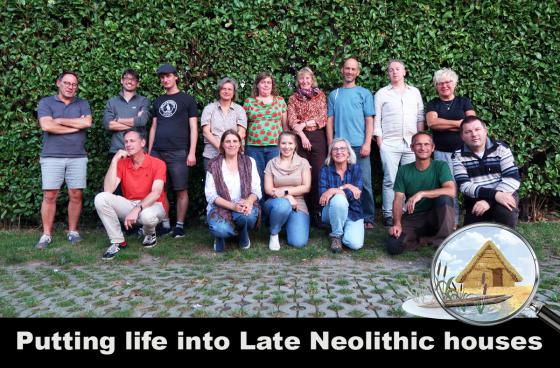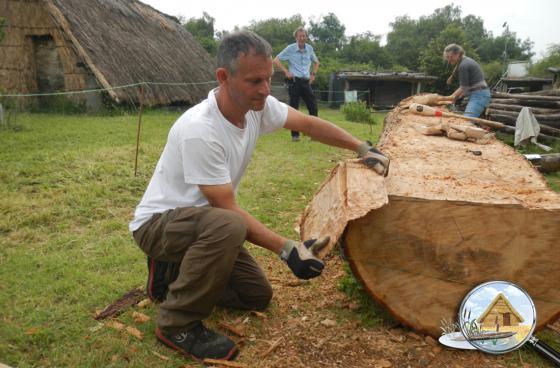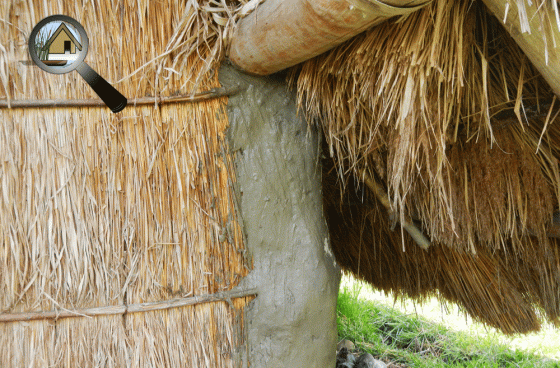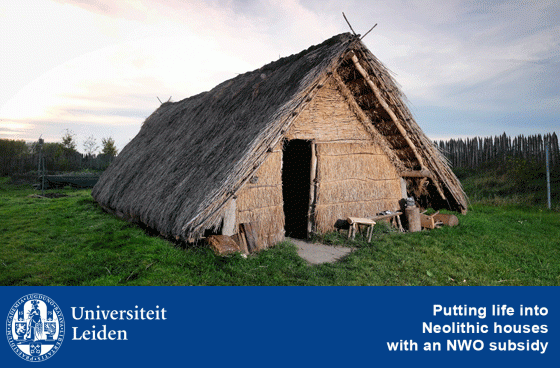Podcast: Neolithic House & Home
It's the first Friday of the month! And that means it's time to listen in to the latest episode of Finally Friday, which this month focusses on reconstructing houses and daily life in the Late Neolithic. We are joined by two archaeologists from the Putting Life into Late Neolithic Houses project discussing all the methods they’re using to create a picture of the past, from full scale reconstruction to microwear analysis.
Annelou van Gijn is Professor of Archaeological Material Culture and Artefact Studies at Leiden University and the Principal Investigator for Putting Life into Late Neolithic Houses. Diederik Pomstra has over 20 years of experience in experimental archaeology, ancient technology, and public outreach...


